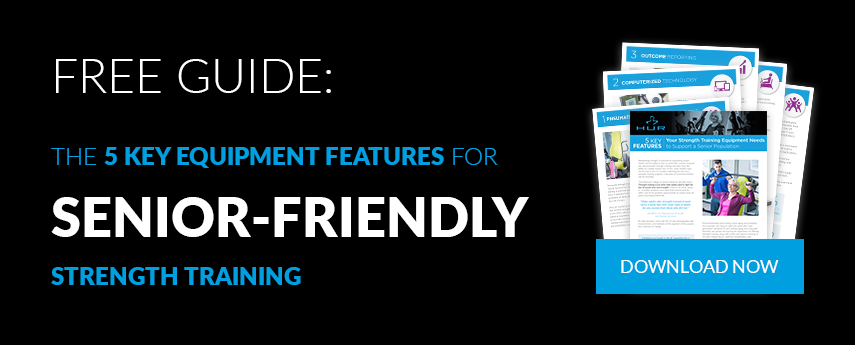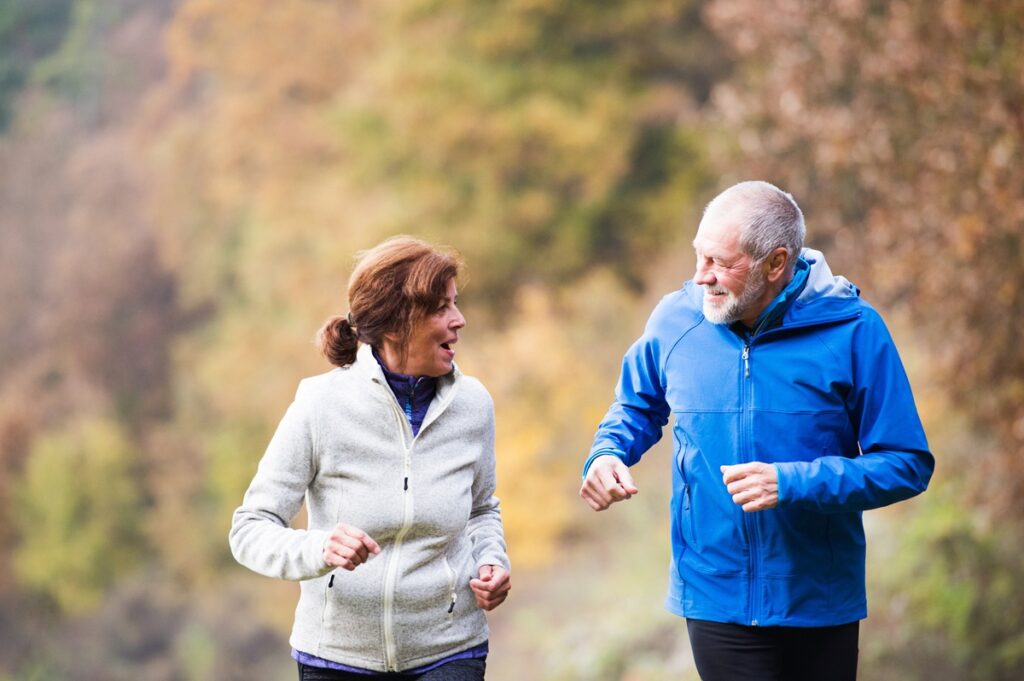Five Important Tips to Ensure the Best ROI
Many HUR senior Living communities first contact us as they are getting ready to build a brand-new fitness center or remodeling an existing space to include enhanced wellness equipment and services. In many cases, these communities are convinced that there is a strong business case for making wellness and physical fitness the center of community life. And, for good reason.
Communities across the nation are getting serious about incorporating resident wellness into their broader business strategy as a way of remaining competitive in a market that demands it.
Over the years, we’ve worked with many different communities to create state-of-the-art fitness centers equipped with HUR machines as well as a variety of other exercise options. Along the way, we’ve learned a lot about the most important aspects to a quality fitness center.
We’ve also learned a lot about what not to do. What follows is five recommendations on pitfalls to avoid during your design journey.
#1. Don’t let anyone talk you out of consulting with experts who understand senior fitness.
You should rely 100% on your architectural team to provide all the elements of the space that speak to code, compliance, overall flow and esthetics as those elements relate to the broader project goal.
But it’s not reasonable to expect them to understand anything about senior fitness programing, senior fitness equipment, or how you and your team want to run programming and serve the needs of your residents in the space.
Unless your architect had a previous career managing a fitness center for an active older adult community, they are likely to miss some key elements in the design that would ultimately inhibit the end-user experience and your purposes for the space.
#2. Don’t overlook the value of qualified management and programing for your fitness areas.
For most senior living communities, the entire point of pouring resources into a fabulous state-of-the-art fitness center is to increase wellness and fitness participation across your community and attract new residents who are interested in active, healthy aging. So, the worst thing that can happen is for your gorgeous new fitness center to remain largely empty and unused after opening.
It’s true that senior living fitness centers are not an “if you build it they will come” proposition. Your residents will be expecting support to use the pool, fitness center, and any new equipment.
It’s imperative that you create programming that fits the needs of your residents run by educated, trained fitness professionals. Residents should be oriented to the fitness center, classes, and equipment immediately after the fitness center opens so that you can generate momentum from the start.
Plan an exciting grand opening where residents can come and explore the new space and learn about all the new opportunities available to them. While they’re there, set each of them up with an appointment for a one-to-one orientation.
#3. Don’t assume that what you’re planning for today will fit you tomorrow.
If you follow the two points above, you’ll like be happy with the increases in participation that your new fitness center is generating. For most communities, this growth will continue – for current residents and because a new fitness center will attract new residents.
This is why it’s important to plan for growth. It won’t be long before you need to add another piece of equipment, class, or service. If you design with growth in mind, you’ll be able to do some subtle shifting of existing equipment to make new pieces fit.
Similarly, if you anticipate that the space and services will quickly become wildly popular, you may need to add staffing. For this reason, planning for additional staff workspace is also essential.
#4. Equip your fitness center with machines designed specifically for seniors.
Because boomers have a more empowered, proactive approach to active aging, forward-thinking senior living, active aging, and rehabilitation providers are rising to meet the needs this “next generation” demands for pro-actively aging and living well. Most are quickly discovering the importance of not only offering cardio and balance training, but strength training as well because seniors know that it’s a key component to a long, independent, active high-quality life.
Resistance training offers numerous benefits for seniors and is one of the best ways to avoid loss of muscle mass, build strength, and improve walking and mobility. Even though there are thousands of equipment options on the market, most fail to support the needs of older adults.
If you are a senior living professional interested in supporting the physical fitness requirements of older adults, there are 5 key features to look for when choosing strength training equipment:
- Pneumatic (Air-Resistance) Technology
- Computerized Technology
- Outcome Reporting
- Automated Progressive Resistance Equipment
- Built-In Safety Mechanisms
#5. Don’t get tunnel vision on what a quality fitness program can do for your residents and the greater community.
One of the best things you can do for your community is to expand your vision of what it means to live in a community with healthy active aging at the core of every single service, activity, purpose, and space.
If you can do your homework and think in terms of long-term growth, you’ll be able to anticipate where the market is headed for senior wellness and what that means for your community.
- Do you have an opportunity to capitalize on your local neighbors for some revenue by opening up your fitness center and services to the 55+ community who does not yet live on your campus?
- Can you see a path to combine therapy and wellness in your new space where the transition of care is seamless for your residents?
- Could you offer personal training as an extra fee that would support the ongoing growth of your wellness staff?
- How do you need to design the space to support these concepts as part of your future?
Think about separate entrances, equipment, user privacy needs, data lines and medical records storage. What has to be in place for your dream space to become a reality and potentially a new best practice in resident fitness programming?
It can be both exciting and daunting to embark on a substantial construction project. Getting the right stakeholders to the design table early will help you carefully navigate some of the common pitfalls I noted above.









